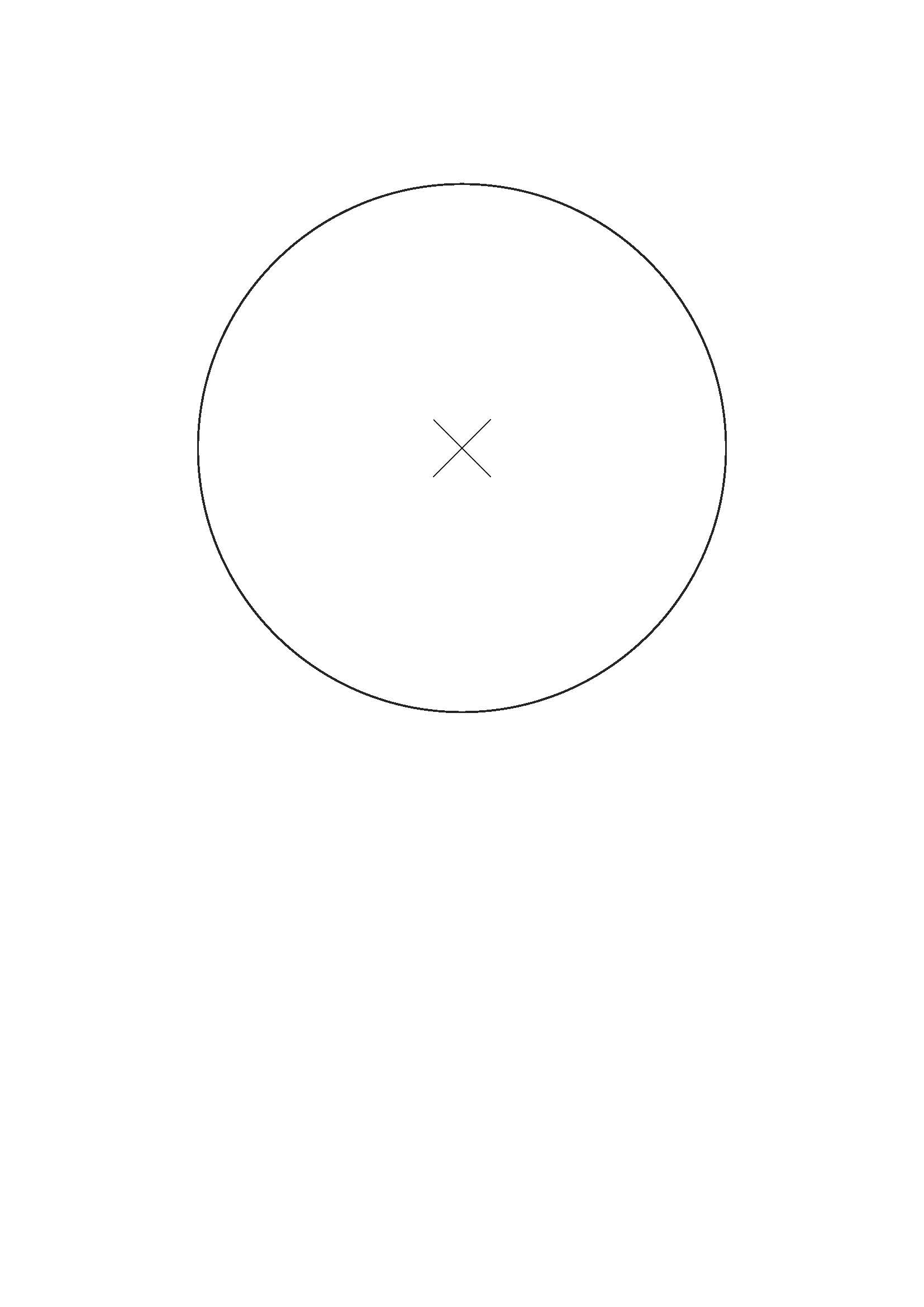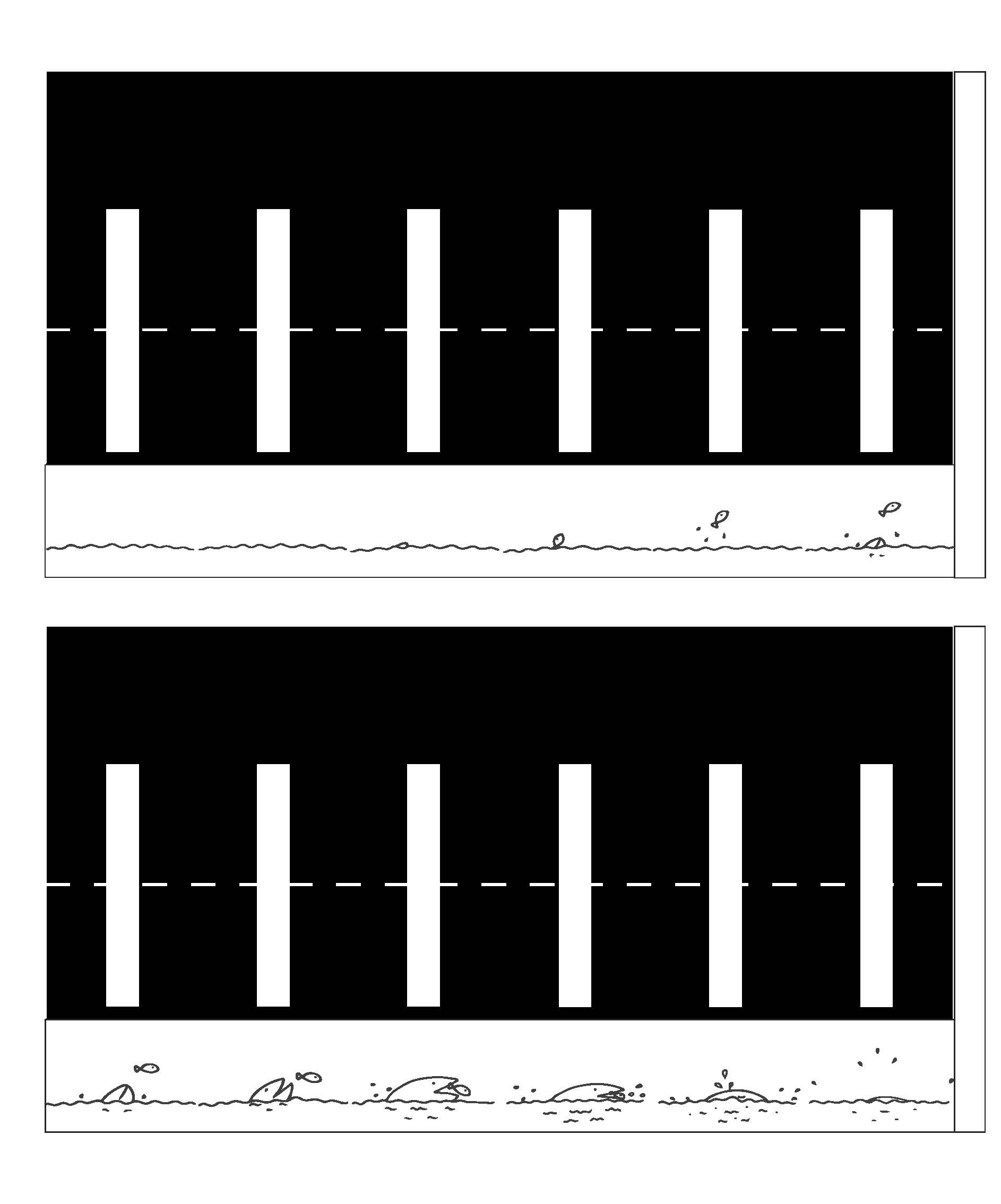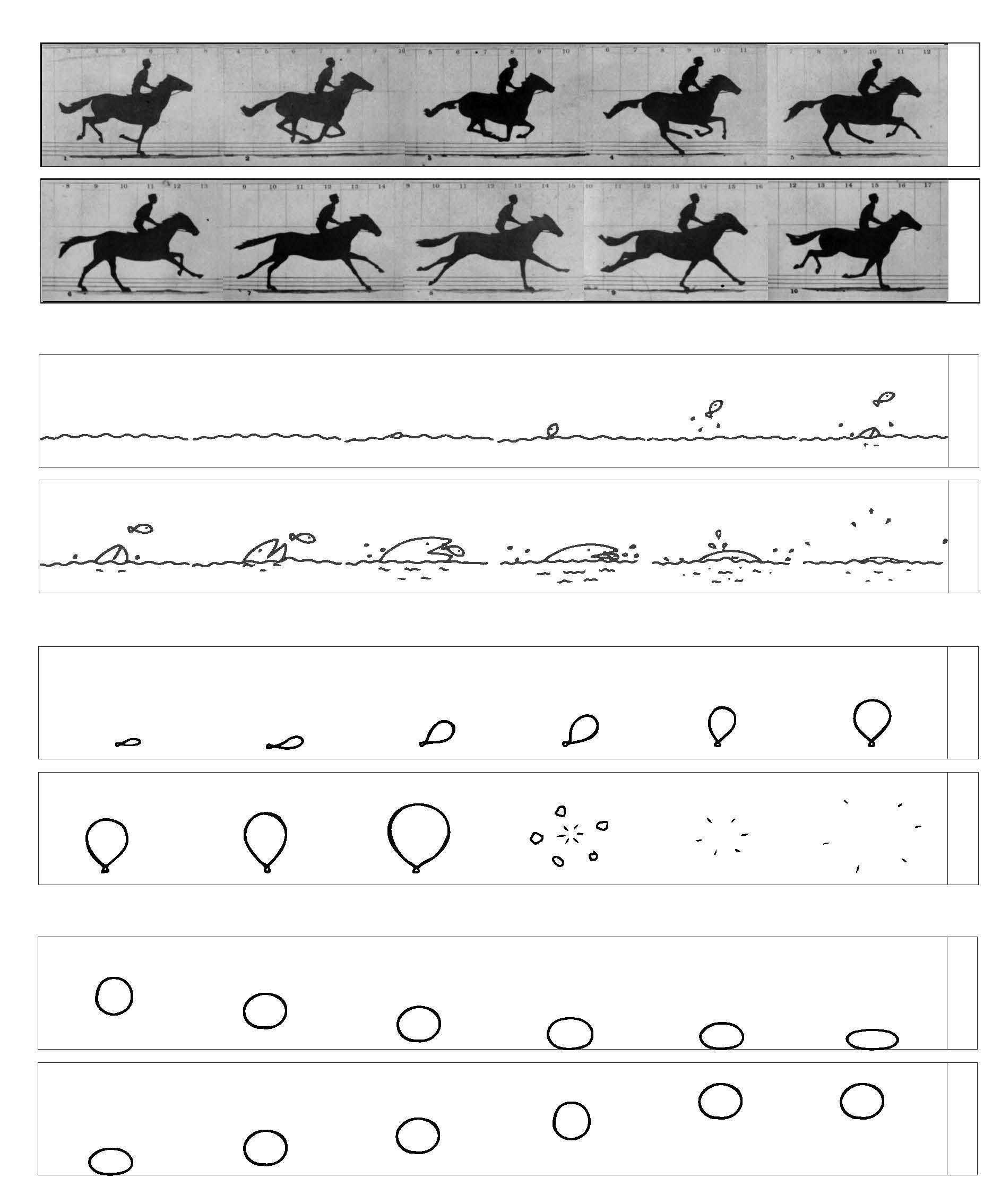Short description of the topic
Children make an optical toy called zoetrope and learn about its properties. Together, they try to figure out how the device works. With the help of the zoetrope, they learn about the workings of movies and cartoons.
Learning outcomes
-
Competencies
- Digital and media competence: understanding the principles of animation
- Critical thinking: exploring the functioning of a simple tool
- Fine motor competence: creating a zoetrope
-
Target group
5 years and up- Small groups
-
Required materials
- zoetrope templates
- old or empty CD
- chopsticks
- duct tape
- Washers
-
Materials
- Series of photographies of Eadweard Muybridge
- Template for making a zoetrope

Download
(.pdf 377.47 KB)
Description of the activity (step by step)
Preparation:
The activity can be an upgrade of the Horse in Movement activity in which children learn about a series of photographs of a horse in motion. Prepare the different parts of the zoetrope. The instructions for making it can be found below.
Implementation:
Assemble the zoetrope together with the children. For the pictures, you can use photos of a horse or other animals taken by Muybridge or you can use motion shots taken by children (for example, in the Horse in Movement activity) or you can draw images. You can make several different zoetropes which you leave in the playroom so that children can play with them whenever they like. They should experiment with the speed and direction of rotation, light, viewing angle, etc.
Reflection:
Together, try to figure out how the zoetrope works. Encourage the children to look at the device through the eyes of a scientist: What do I see when I look through the slits? What do I see when I look above the slits? What do I see when the zoetrope is at rest? What about when it is moving? What happens when I start the device in the other direction?
Tell them that the projector works the same way and that movies and cartoons use the same technique to create the illusion of movement.
Variations and additional ideas
Before implementing this activity, children could get to know easier optical tools, such as the flipbook (https://media.eduskills.plus/activities/famous%2Fhorse), spinners, or thaumatrope.
Background information and didactical perspective
A zoetrope is an optical device that creates moving images mechanically. Further development of the zoetrope (including the Muybridge zoopraxiscope) led to cinematography. Based on the zoetrope, we can clearly show the principle of the moving image, which is the basis of all films. The principle exploited by the zoetrope is based on the properties of human vision which no longer perceives pictures in a fast sequence (more than 15 per second) individually but as a continuous movement. The film projector works in the same way. The movement of the horse is a study of photographs taken by Muybridge in the 19th century.
Experience from kindergartens:
When the children saw the zoetrope, they said that it was a "carousel". They noticed the little pictures on the inside and said they were not the same but differed in small details. They were attracted by old pictures of circus attractions. They remembered the photos of movement they shot (Activity The horse in motion), where the difference between the photos was also small. As the zoetrope rotated, the children (some immediately, others later) noticed that the movement of the images is similar to a movie or video.
The children chose a motif that attracted them and painted it on two cut-out circles. They needed the guidance of an educator, as some drew too small a motif. When glueing to cardboard, they also needed the help of an adult, as they had to stick the motif "on their head" on one side. Instead of elastic, we cut pantyhose into pieces and used this instead as there is no chance of the children getting hurt. Initially, children had difficulty rotating as they turned their wrists instead of their fingers (thumb and forefinger). With practice, however, their optical toy came to life.














